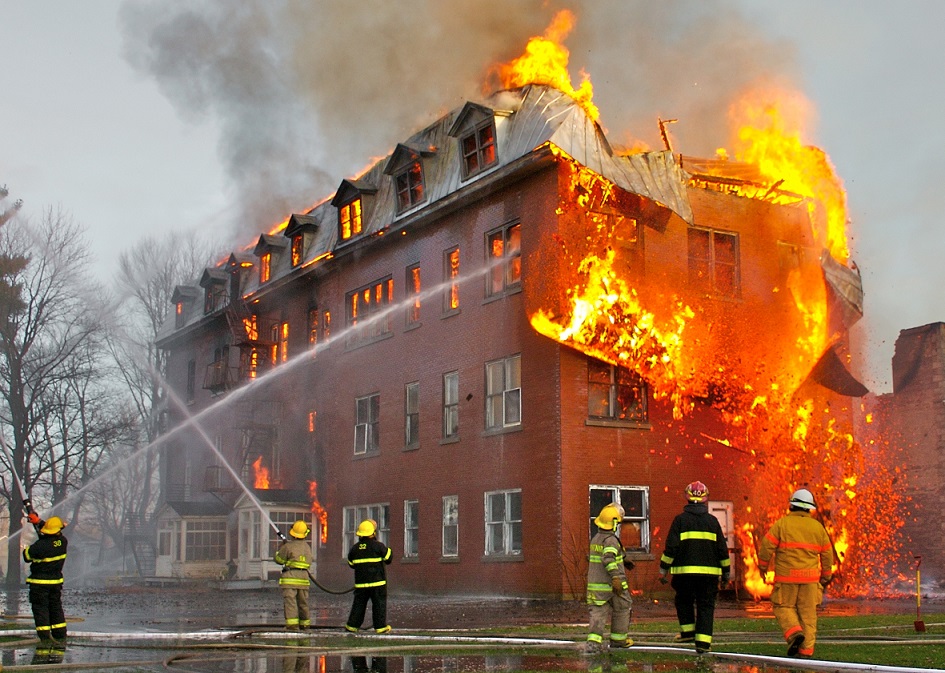This post is also available in:
 עברית (Hebrew)
עברית (Hebrew)
Firefighters might one day be able to go further into hazardous situations and exit safely thanks to augmented reality glasses in development at BAE Systems.
The technology is aimed at closing a gap that exists between bulky and unadaptable systems used by the military and commercially available equivalents that tend to be large and fragile.
BAE Systems has unveiled wearable, AR concept that uses its patented waveguide technology to provide optical performance and efficiency in a miniaturised, ruggedised package.
According to theengineer.co.uk, the product will be worn like a pair of glasses and use free-space tracking technology to display guidance, targeting, and mission information to the user, along with sensor video.
Prior to that, BAE is engaging with customers to gain feedback that will inform the design and capabilities of the final product. It is scheduled for qualification and validation in 2019.
Rob Merryweather, director of Strategic Growth at BAE Systems’ Electronic Systems, said the technology brings together three key technology threads: display, a tracking solution that understands where a person is located, and imaging technologies that enhance the performance of the human eye.
He said key customers who are going to use this include emergency responder, soldiers in the dismounted domain or in military vehicles, through commanding ships or commercial pilots. “All of those users have particular features they need, and particular concerns that need to be addressed. These things will ultimately be successful if they enhance the users’ ability to do their role.”
In the firefighting scenario, Merryweather envisages a visual display that that shows a virtual trail of breadcrumbs behind firefighters as they go into a building.
“That means they can get out of that building more quickly, they can retrace their steps with confidence,” he said. “That in turn means potentially firefighters can go further into a building than they’d previously have done so without that technology. At the point where we do that, we’ve got to make sure that display continues to work so they can find their way out again.”


























